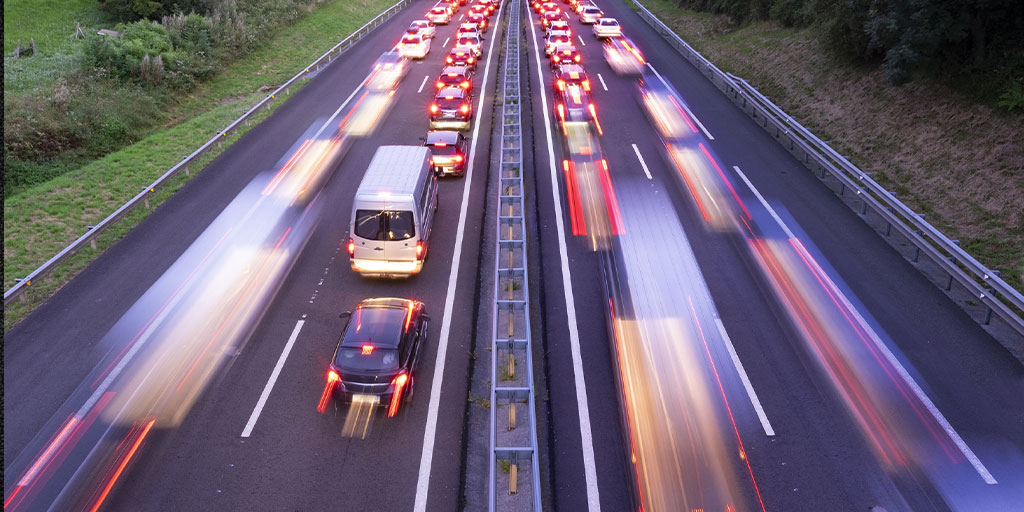When I turned 16, the first thing I did was race down to the DMV to take the driver’s test to get my license. That was standard practice in the 1980s. It’s no longer. Teenagers aren’t driving like they used to. Getting your driver’s license was like a rite of passage. It created instant independence, provided you had access to a functional vehicle. It was like a mini manifest destiny. Would you believe that today in America, only one in four 16-year old’s have their driver’s license? That is a massive drop from the 50% rate three decades ago. It’s become a rarity for a 16-year old to have a driver’s license in their wallet. Actually, it’s a rarity for a 16-year old even to have a wallet.
What’s the reason for the decline, you might wonder? There’s a number of inputs, theories and explanations. The advancement of ride-sharing, like Uber and Lyft? Soccer moms and dads? Big city living? Social media and online gaming and video content making it less necessary to leave the house? The environment? Realistically, it’s a little bit of all. The other thing is, budget cuts have taken away free driver’s education courses at many high schools. This is another deterrent because the cost of private training has risen sharply.
Regardless, car manufacturers have suffered in the wake of this trend. Car sales just might have peaked on Planet Earth. That is loosely defined as a world with all the cars it needs. In the United States, car sales reached an all-time high in 2016, and have fallen since. Car sales peaked in Europe in the year 2000. Japan saw its car sales hit an all-time high way back in 1990, and have stayed below that peak level throughout what’s referred to as Japan’s lost decades. One important factor is cars kept getting more efficient in fuel consumption and maintenance, and they last a lot longer on the road. So the mature markets have peaked with car ownership.
Emerging markets were supposed to pick up the slack, but they too show signs of peaking. Car sales in the last 12 months are down 12% from mid-2018 in China and 14% in India. With a population of 1.4 billion, China is far from saturation in car ownership. But most Chinese can’t afford cars. Those who can afford a car tend to live in major cities. City governments in China tend to be restrictive with new car registrations. Parking is expensive. The cost and perhaps hassle of owning a car in a big city might mean many affluent urban Chinese own just one and use ride-sharing services and public transportation for convenience. That is absolutely the case with New Yorkers.
The War on Trade has played a big role too. Rising trade barriers and stricter emissions controls are making cars more costly just as markets have become saturated and alternatives like ride-sharing have gained in popularity. Car companies are really struggling despite low unemployment and healthy consumer spending. Cars mean big business. The auto sector accounts for 5% of global economic output and 8% of world trade. Autos contributed a whopping 20% to last year’s slowing in global gross domestic product and a third of the slowdown in global trade. It is especially painful for Germany and Japan, two of the largest export economies that depend on continued car purchases in America and beyond. Nearly 80% of the German cars manufactured are exported.
There’s a ripple effect in global commerce. Cars are like a hub to materials and suppliers. The auto industry is a major customer of steel, aluminum, copper, rubber, plastic as well as electronics. In this digital age, cars are the ultimate mobile device outfitted with cameras and chips. Today, a car can have well over 50 computer systems monitoring and controlling everything from ride handling to on-board entertainment & communication systems. The autonomous self-driving cars will only add to the growing number of systems and chips. Innovation typically makes a product cheaper and better. That hasn’t been the case with cars equipped with technology aimed at reducing emissions. Electric cars, for example, are more expensive and have to be recharged regularly. This is a clear benefit for the environment, provided the electricity is not generated by coal, but it takes more from the customer’s wallet. That is, if they indeed have a wallet. With self-driving electric vehicles on the horizon, perhaps car sales have in fact peaked, and a driver’s license, that rite of passage, will become a thing of the past. Will my 9-year old daughter and her friends even get a license? It’s actually become a legitimate question. This trend has been disruptive to global commerce. It could be a threat to municipalities that depend on traffic tickets to cover their budgets. It could wipe out a substantial revenue stream for the insurance industry. It’s evolutionary. It’s innovative. It’s all very investable.
Have a nice weekend. We’ll be back, dark and early on Monday. However, there is a high probability of scheduled power outages in the Bay Area this weekend, which could spill into next week. We have defined continuity plans in place should our office be inaccessible. We will be up and running, somewhere, some way.
Mike







